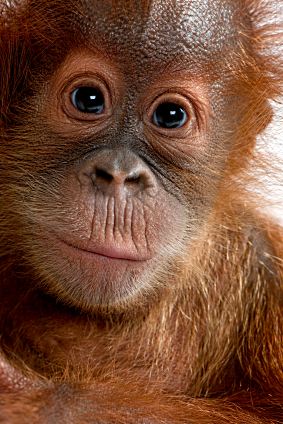This is because farmers and fishermen receive direct and indirect funding both from the state and the European Union; in effect, what we do not pay for at the cash register we pay for in taxes. It is also paid for by those who choose not to buy animal products.
This is all the more serious as the consequences of the high consumption of meat, food and other animal products are greater on the environment, on human health and on the development of poorer countries. It would be justifiable and positive if individual states and the European Community supported and promoted only the consumption of foods that are healthy and have little environmental impact. Instead they do so with foods whose production has a devastating impact... and this is neither acceptable nor justifiable. It is up to us citizens to put an end to this situation and press for a more farsighted, sensible and sustainable policy in this matter, which will protect the environment and human health rather than harm them as it does now.
What we propose is to reverse this self-destructive trend, resulting in the following steps.
1. Put an end to every kind of subsidy for breeding, fishing, crop cultivations intended for farmed animals feed;
2. Charge for the purchase of farmed animals feed;
3. Ensure that the animal products the final consumer buys show their real price, not distorted by subsidies and other facilities granted to the producers and that also includes the environmental cost for the enormous negative impact of breeding (internalization of costs).
4. Put an end to campaigns for the promotion of animal products consumption financed by public money;
5. To support, with subsidies and information campaigns, the consumption of healthy plant-based food, to be less expensive for the final consumer, an easily obtainable result after the withdrawal of the enourmous costs of subsidies to farming and fishing.
We propose in the meantime a petition in support of Point 1 of this series of proposals.
The petition has the purpose to both bring forward this issue with the European Parliament and to raise the matter in various areas, because not enough attention is ever put to how damaging the practice of farming is and how therefore unacceptable it is to finance it with public funding.























